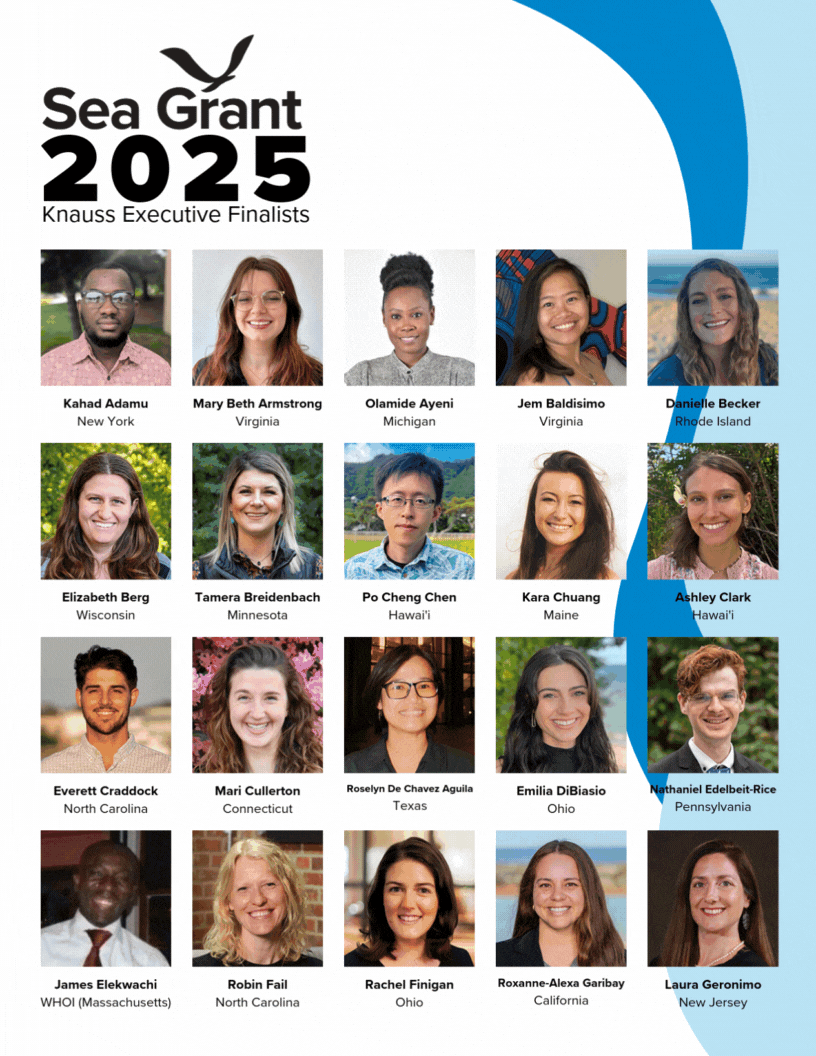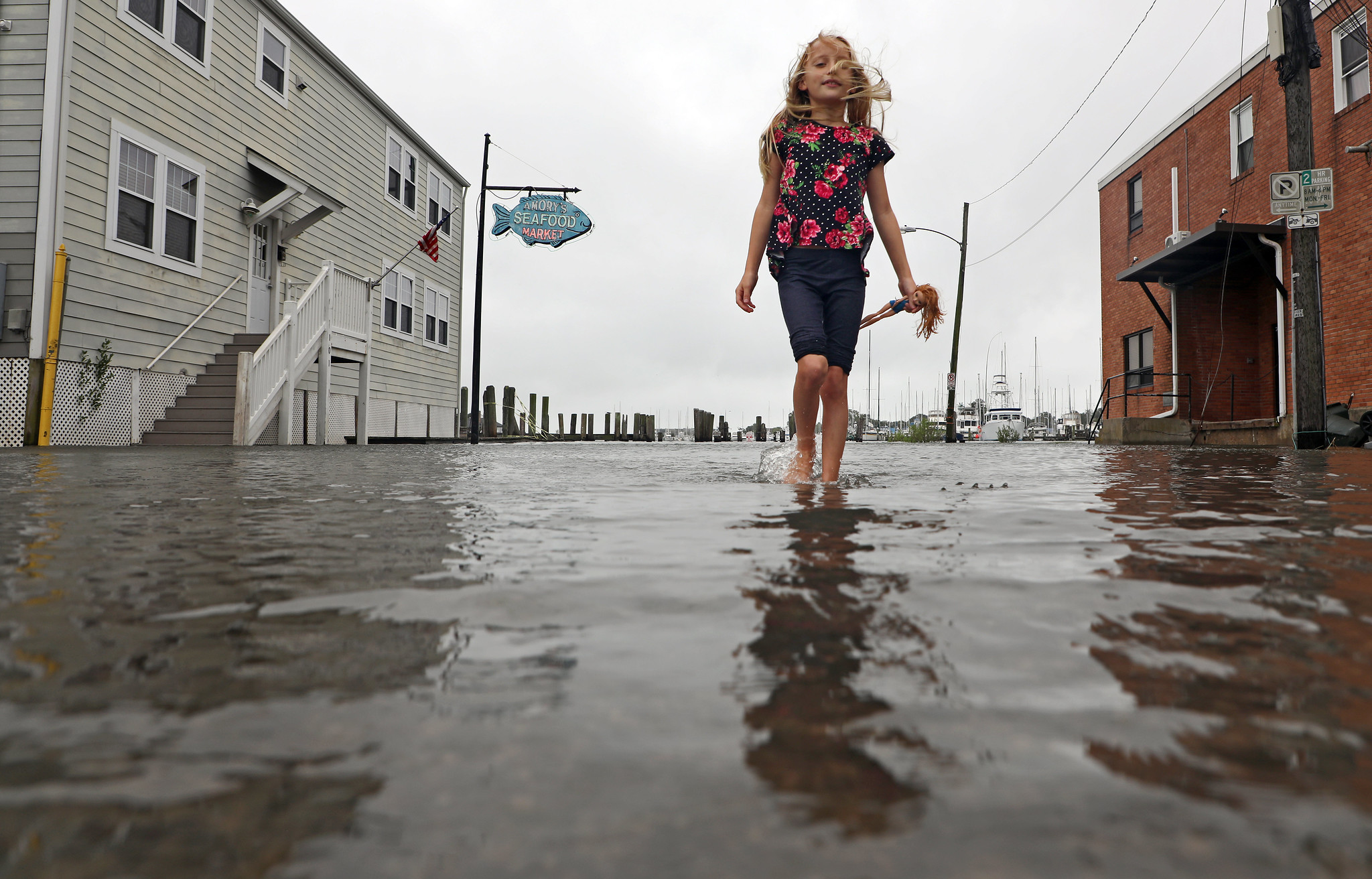By Eric Scigliano, Washington Sea Grant
It might seem incongruous to talk of traffic disputes and costly collisions in an area as vast as the waters off the Pacific coast. But that’s the situation that afflicted the coast’s tribal and commercial crab fishers and its tug-and-barge and shipping operators for decades as they shared the same sealanes.
“Tug and barge encounters with crab gear are almost always fatal to the gear,” says Dale Beasley, president of the Columbia River Crab Fisherman's Association and the Coalition of Coastal Fisheries. They’re also dangerous to the tugs. Tugs and freighters would foul their propellers in the crab-pot lines, often necessitating dry-dock repairs costing $50,000 or more. The coast’s 1,200 Dungeness crab fishers reported losing at least five pots per season, which at a current cost of $200 apiece would add up to $1.2 million or more per year. Wasted fuel, lost fishing and service time, and the safety hazards of prop fouling drove the net losses much higher.
Forty-one years ago Oregon Sea Grant brought the three industries together to try to work out a more rational system. For a while the Washington and California Sea Grant offices assisted the effort. Then, in 1997, Steve Harbell, Washington Sea Grant’s marine resources agent, took the lead in what’s now called the Commercial Crabber Towboat Lane Agreement Project. Since then Harbell has mediated year-round negotiations between crabbers and haulers along the 680-mile coast between San Francisco and Cape Flattery at Washington’s northwest corner. This entirely voluntary process, undertaken without grant funding, has defined and continually refined pot-free shipping lanes and ship-free fishing areas, saving what Beasley calls “many millions” along the way.
Now the process is nearing a milestone. Harbell hopes to have a final agreement and lane map for the Oregon coast in place when the 2014-15 crabbing season begins this December. The new accord will replace two current two-mile-wide tow lanes– an inshore lane open summer and fall and one offshore open winter and spring – with a single mile-wide, year-round lane located in between the existing pair. It will close unused tow lanes into three minor ports – opening up new crabbing grounds – but reserve them in case tug traffic should resume.
These changes promise to not only improve safety but reduce fuel costs for the tug operators, who will save miles and avoid stormier weather by moving closer to shore in winter. The fishermen will lose access to the new single lane all year long, but will gain more than 175 square miles of new crabbing area in the old lanes. Both will benefit from greater certainty as to who belongs where.
A similar accord is in the works down the coast, from Coos Bay, Oregon, to Eureka, California. In Washington, tug operators have already shown that, using modern navigation equipment, they can operate in a lane just one mile wide. Thanks to the ongoing regular meetings, Harbell says, “we've already seen greater cooperation on a variety of issues outside the towlanes between the two industries, plus the international shipping industry.” He hopes to extend the collaborative process to other marine issues, such as coastal fisheries management and conflicts between sport and commercial fishers in Puget Sound.
Fisheries coalition president Beasley seconds the emotion: “The agreement is a collaborative effort free from government intervention, and a great example of industries sharing mutual respect for each others’ needs and looking for solutions that are mutually beneficial. As new industries come to the ocean, they can learn a lot from this collaboration. We hope Sea Grant will be able to expand its role as a mediator of shared ocean space.”
For more information: http://wsg.washington.edu/mas/econcomdev/lanes.html


